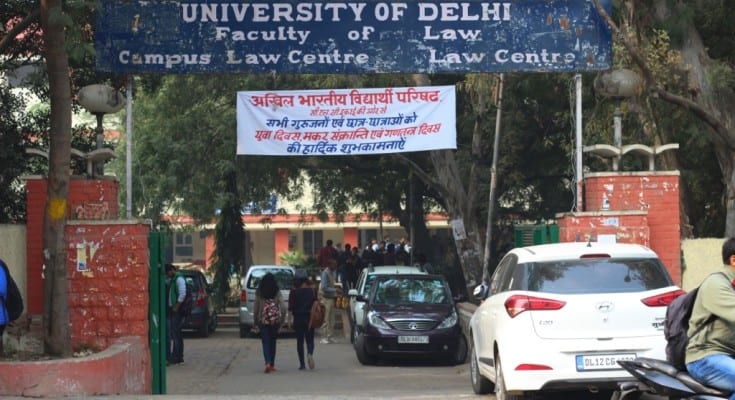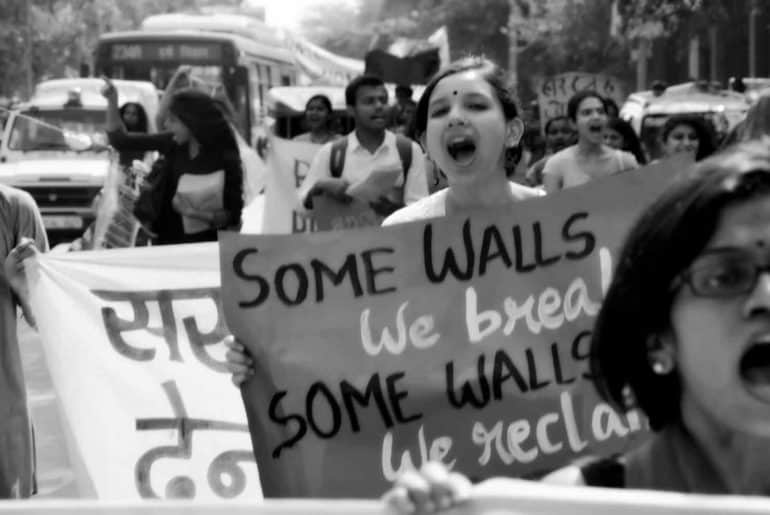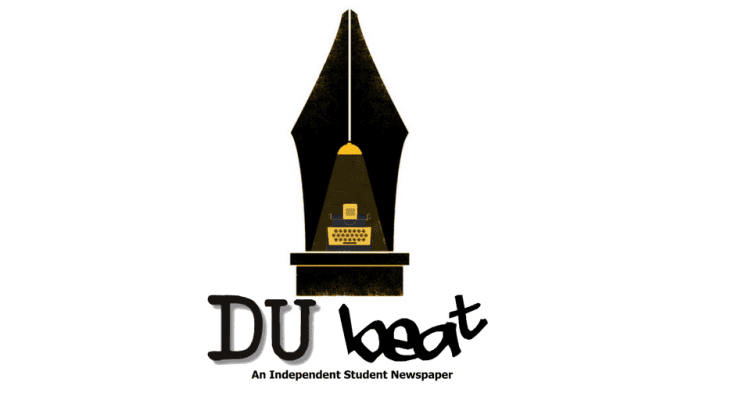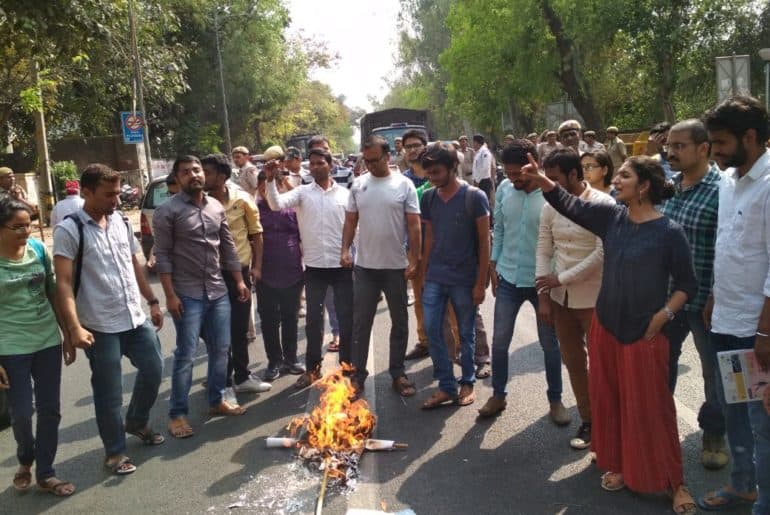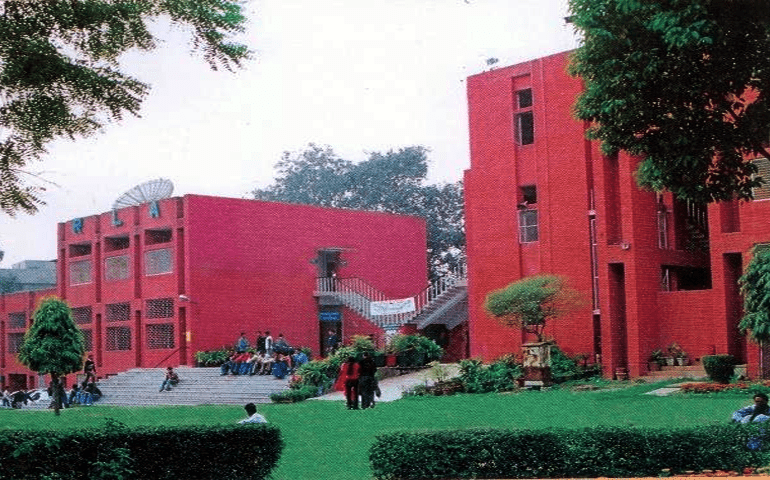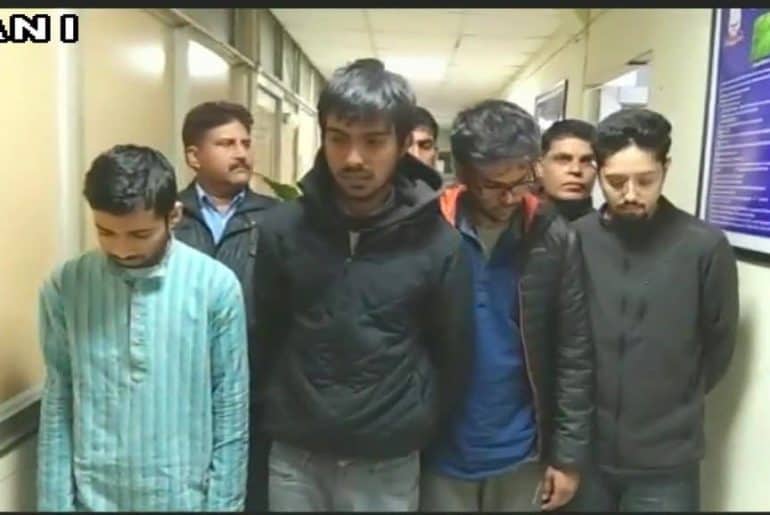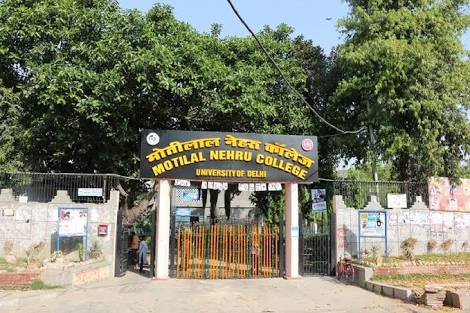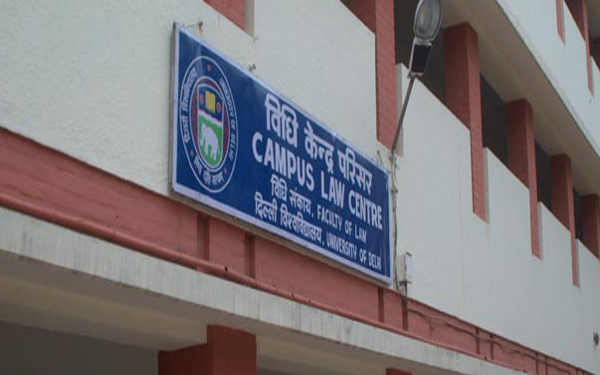Two final-year law students from the University of Delhi (DU) died in a road mishap near Dr. Ambedkar National Memorial in Civil Lines in the wee hours of 2nd June 2018.
The two students pursuing law from the Faculty of Law (DU), Akshat Kamboj and Vikhyat Pandit, were on a scooter and are suspected to have been hit by a tractor. The students and four others were returning to their flat from Chandni Chowk. The group was travelling on three different two-wheelers.
The Police learnt about the accident through a call from a passerby at 3.04 am, who informed them about the two bleeding men lying on the road. A team was dispatched to the spot and the two youths were taken to Sushruta Trauma Centre where they were declared brought dead. A senior police official was quoting as saying, “Akshat died on the spot while Vikhyat was rushed to a hospital, where he succumbed to his injuries.”
The police officer had commented, “During preliminary inquiry, it was found that they were riding a scooter, and were hit by a vehicle while trying to overtake a bus. We have registered a case of rash driving and causing death due to negligence. CCTV footage of the area is being checked to ascertain the vehicle number.”
The postmortem of both victims was conducted on Saturday and the bodies were subsequently handed over to the families. After being informed about this unfortunate incident, the DU Beat correspondent decided to take insights from different student quarters of DU regarding the road safety mechanism prevailing on campus and how it can be improved.
President (DU unit) of the All India Students’ Association (AISA) Kawalpreet Kaur, who is herself pursuing law from the Faculty of Law, the same institution as the victims, gave her insights to the DU Beat correspondent through a phone call conversation. She remarked, “The Campus area should be declared a ‘closed students’ area’ which means that there should be certain restrictions laid down for the plying of vehicles of the general public. We had proposed this to the Varsity and this proposal was also taken up for serious consideration. But due to political pressures from certain quarters like the Delhi Municipal Corporation and the Delhi Government, this proposal has not made much headway.”
Bharat Khatana, Delhi State Secretary of the Akhil Bharatiya Vidyarthi Parishad (ABVP), who is also pursuing law from the Faculty of Law, told DU Beat, “This is not the first time that students have lost their lives in road accidents. One way to ensure safety for one and all is to place CCTV cameras at every intersection. Further, students must not engage in driving if they are under the influence of any alcoholic substance. Students must not jump red lights even if it is not the peak hour.”
Vijay Tyagi, the former Social Media Head of the ABVP, who also pursued his Bachelor’s from the Faculty of Law, told the DU Beat correspondent, “The fact that there is no proper road safety mechanism in campus is appalling. And the recurrent road accidents that have been taking place are testimonies of this.” When asked about what can be done to improve the state of affairs on campus, he told this correspondent, “First, personal vehicles should not be allowed on Chhatra Marg. Second, there should be separate lanes for two-wheelers and a well-maintained road for pedestrians across the campus. And third, the University Security Personnel should increase their effort to maintain law and order on campus.”
Feature Image Credits: The Times of India
Vaibhavi Sharma Pathak

